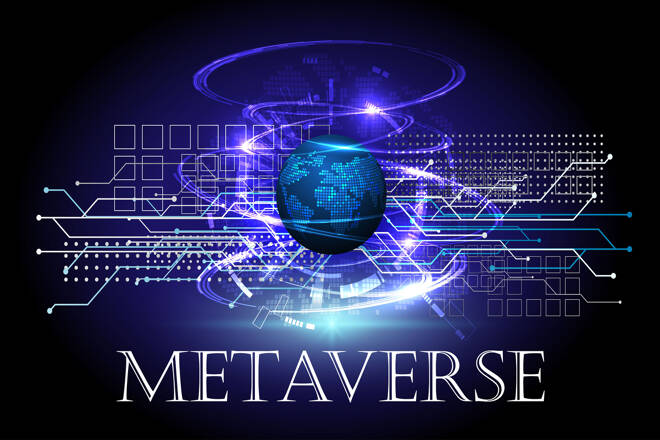Metaverse and Gaming Survive Crypto Contagion Fallout: Research
New research has shed more light on the fallout of the Terra ecosystem collapse and the crypto contagion that followed it.
Key Insights:
- DeFi total value locked has been growing for the past month.
- Metaverse and blockchain gaming were the least affected.
- Metaverse-based NFT projects continue to attract global interest.
Crypto analytics platform DappRadar released a report on July 29 detailing how blockchain and crypto projects dealt with the crypto contagion following the collapse of the Terra ecosystem in May.
Following the catastrophic collapse of Terra’s UST stablecoin, $40 billion in retail and venture capital money was wiped out, according to the report.
The spillover effect, known as the crypto contagion, impacted lending firms such as Celsius and brokerages such as Voyager, Three Arrows Capital, and BlockFi. Mass liquidations of leveraged positions and loans caused a run on several platforms, which were forced to suspend withdrawals.
The decentralized finance sector was heavily impacted because Terra’s UST was integral to many lending and borrowing protocols. The total value locked in DeFi has slumped 64% from more than $250 billion in December 2021 to just $90 billion today, according to DefiLlama.
DeFi Hit Hardest
It is no surprise that DeFi suffered the most since a lot of it was based on leveraged lending and borrowing, unrealistic yields, and a lot of exposure to Terra. Now that all this leveraged speculation has been flushed out, a clearer picture of the ecosystem is emerging.
DeFi TVL has been increasing since mid-June, when it fell below $70 billion. Gains have been slow and steady, but the entire ecosystem did not collapse, and there have been many survivors.
MakerDAO (MKR) is back on top as the leading DeFi protocol with a market share of around 9.5%. Its collateral-backed stablecoin, DAI, did not falter during the collapse of UST as it maintained its dollar peg throughout.
The crypto contagion also impacted nonfungible token (NFT) projects, with transaction and sales volumes falling over the first half of the year. Markets are slowly stabilizing, however, and even showing signs of recovery.
Metaverse and Gaming Survive
Two sectors that were not impacted that badly in the Terra aftermath were Metaverse and blockchain gaming. “Blockchain games have been the least affected by the turmoil,” the report noted.
Blockchain gaming, or GameFi, uses tokenized items and in-game currencies to power virtual worlds. A minor dip in activity suggests that users interacted with blockchain games at a similar rate regardless of the crypto contagion.
Metaverses such as Axie Infinity (AXS), Decentraland (MANA), and Splinterlands (SPS) have continued to attract participants this year. The researchers concluded that Metaverse related NFT projects have grown year-on-year and global interest remains strong:
“Metaverse-related NFT projects are a beacon of hope as they reported an overall increase in trade volume and transaction count up by 97% and 27%, respectively.”
About the Author
Martin has been covering the latest developments in the blockchain and digital asset industry since 2017 when he made his first investment. He has previous trading experience and has worked extensively in IT over the past 2 decades.
